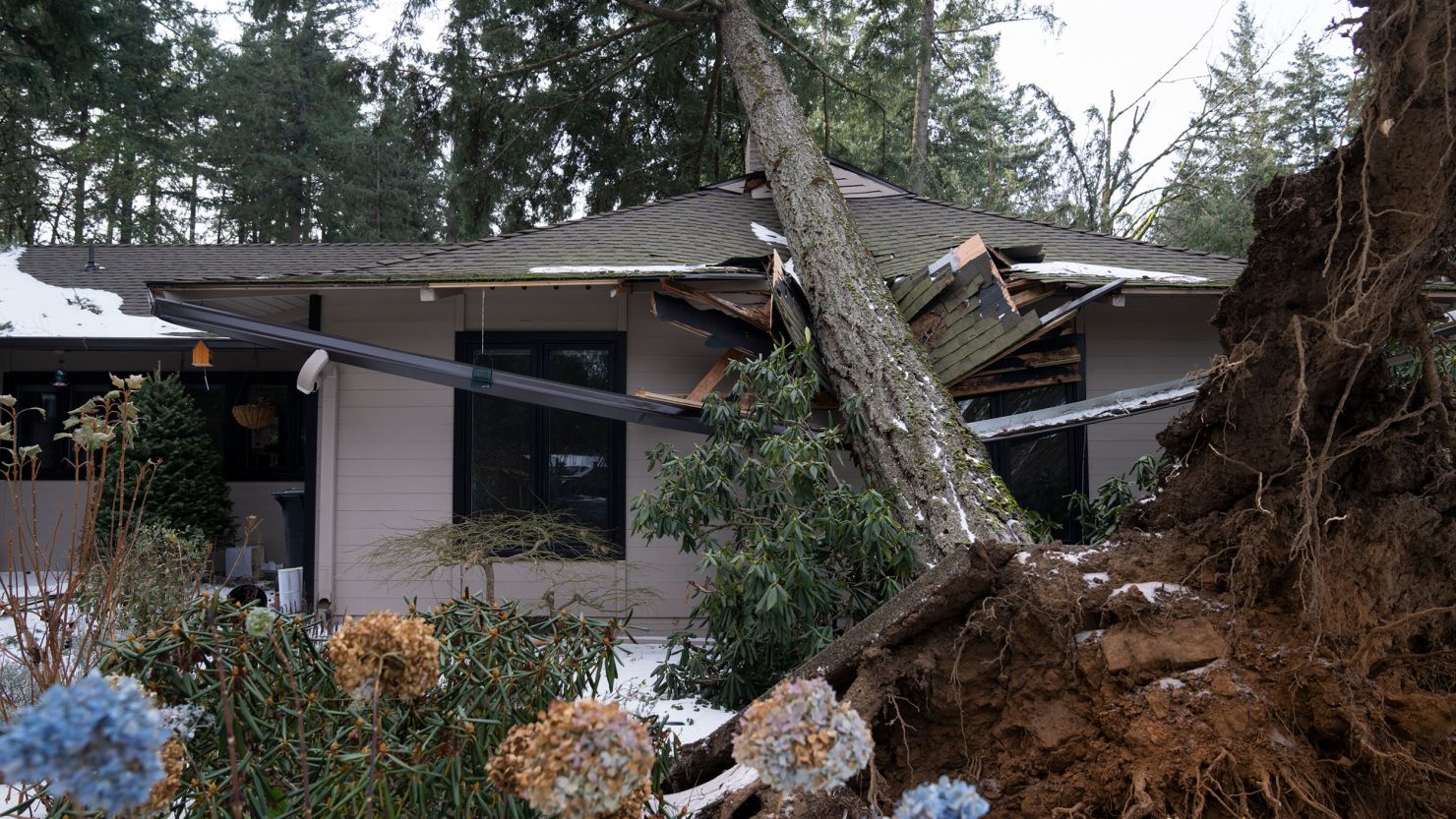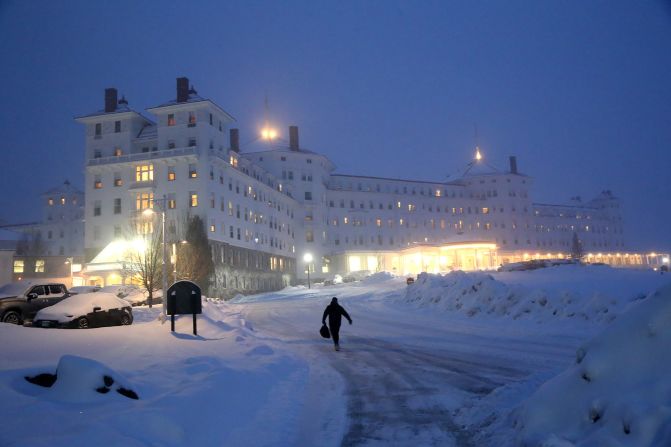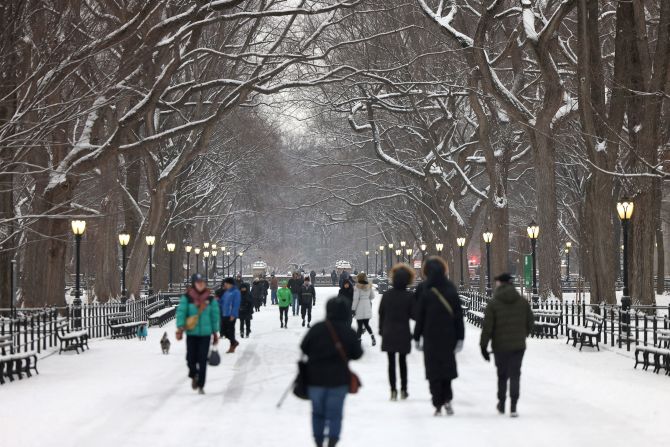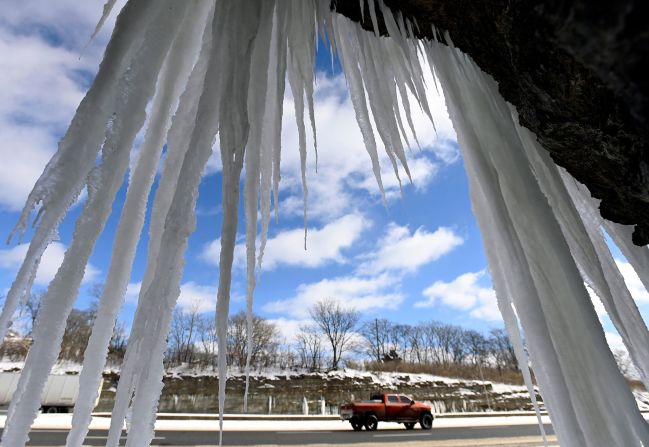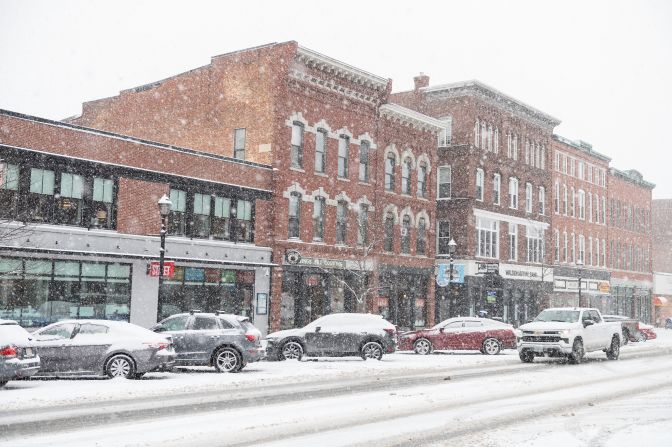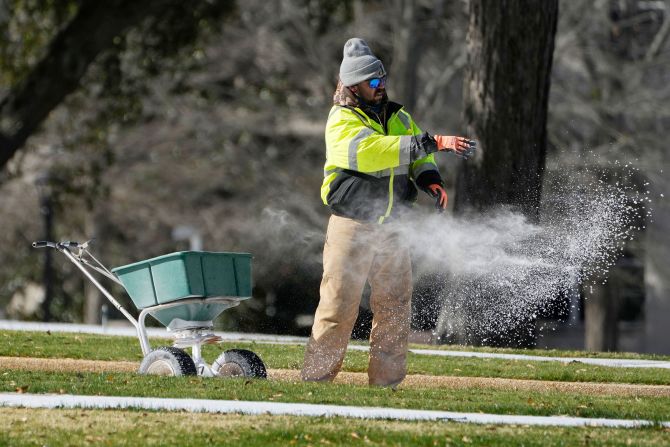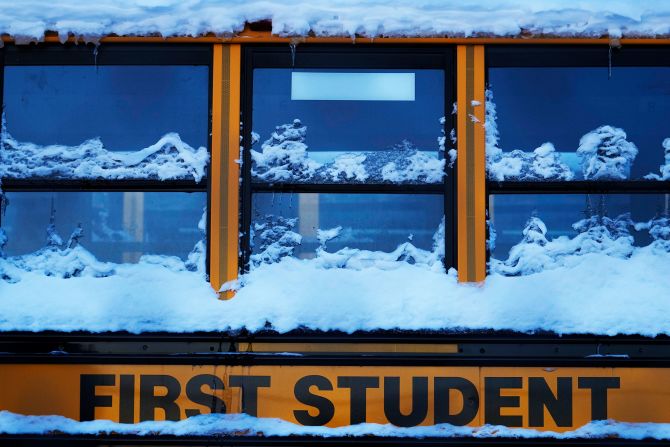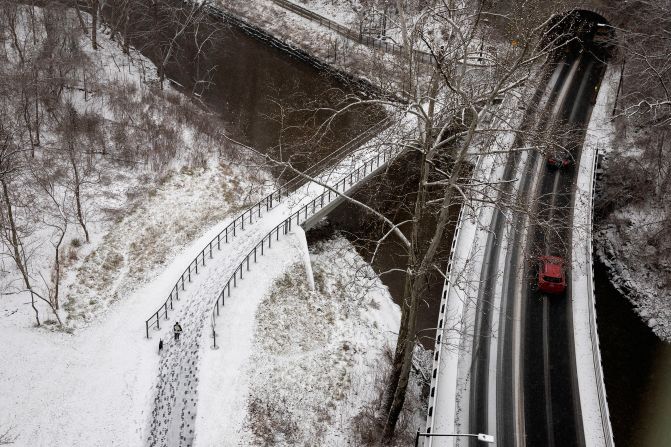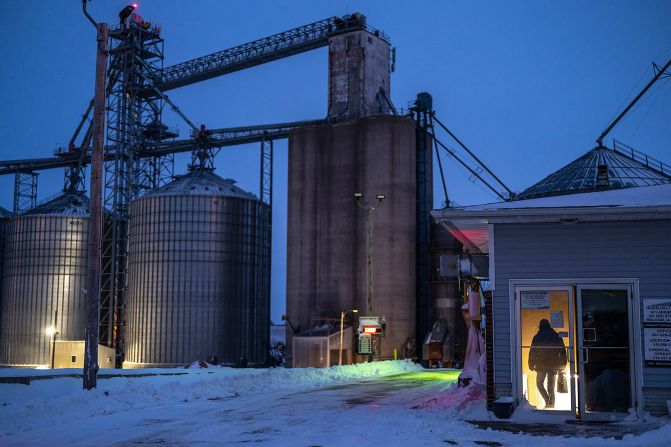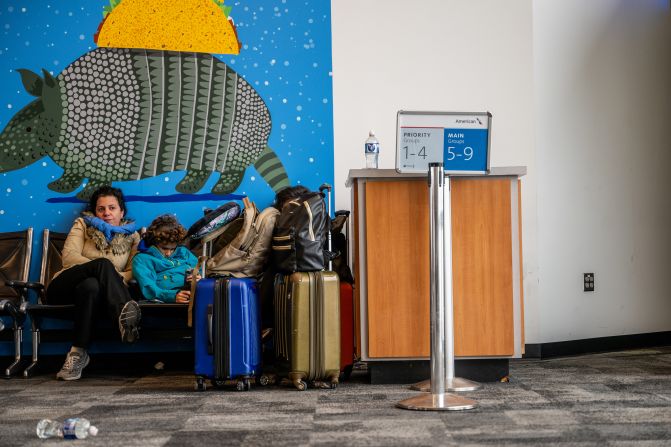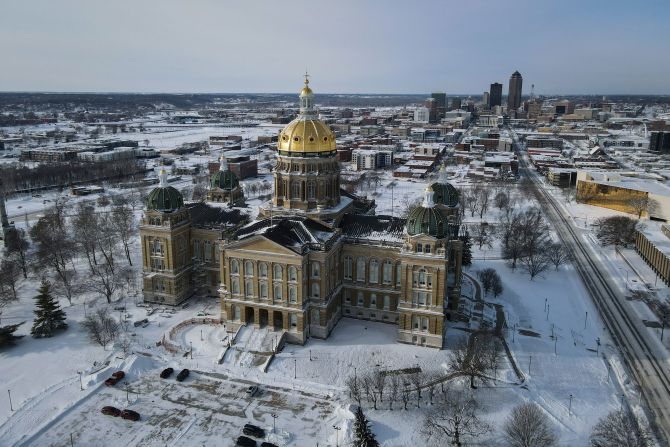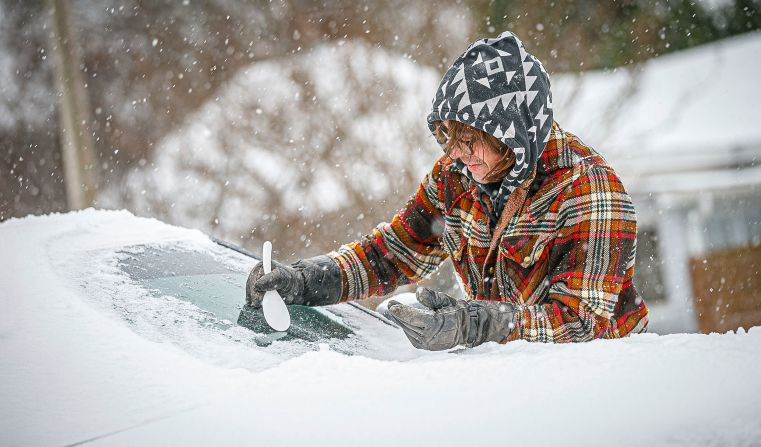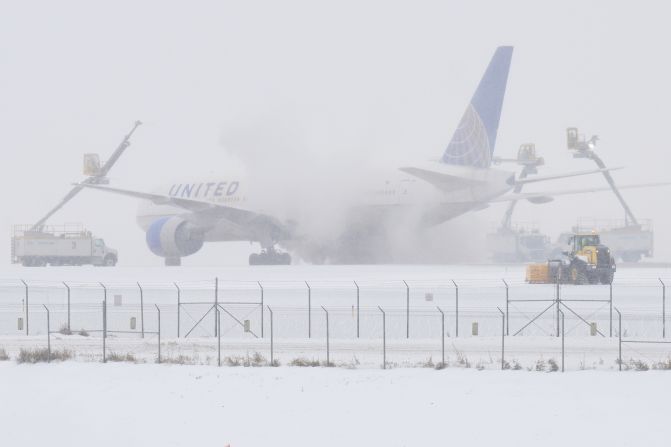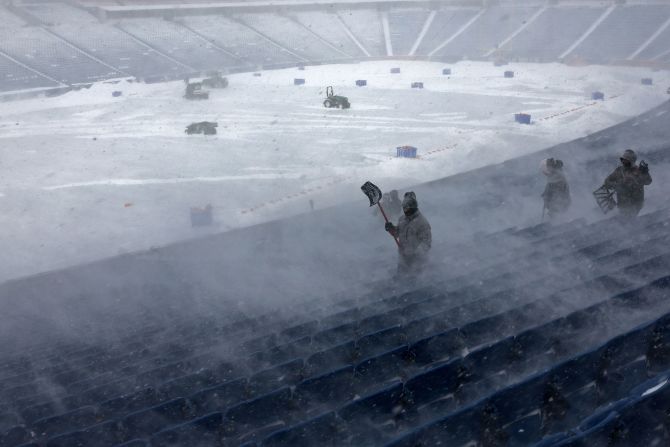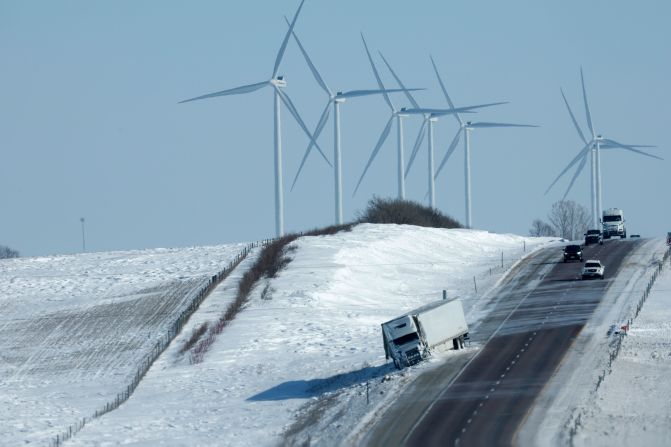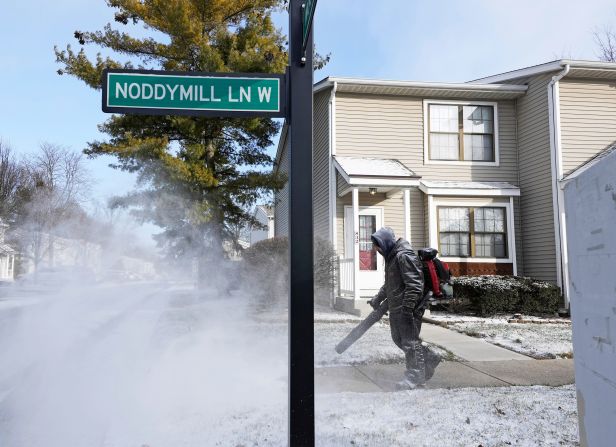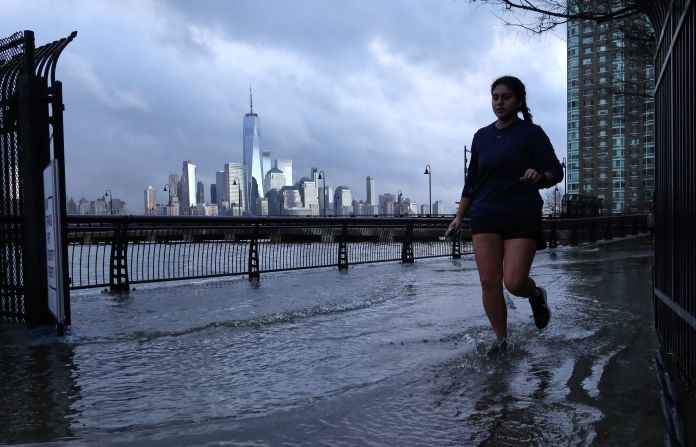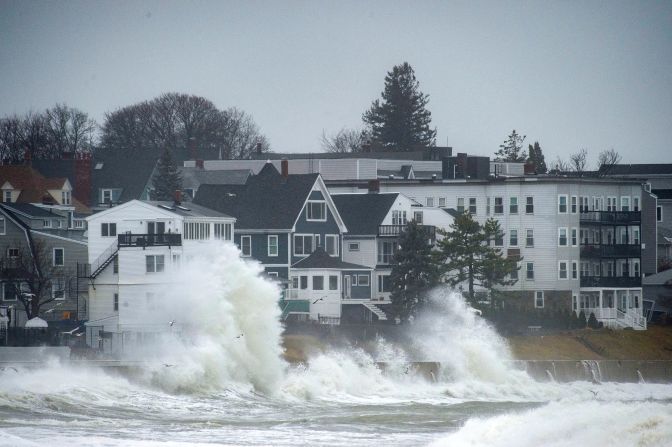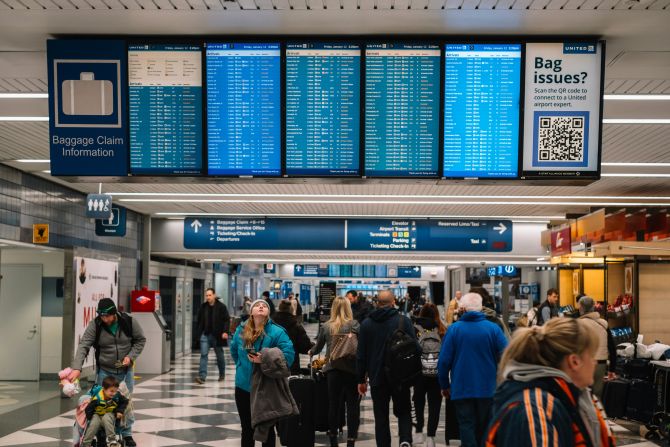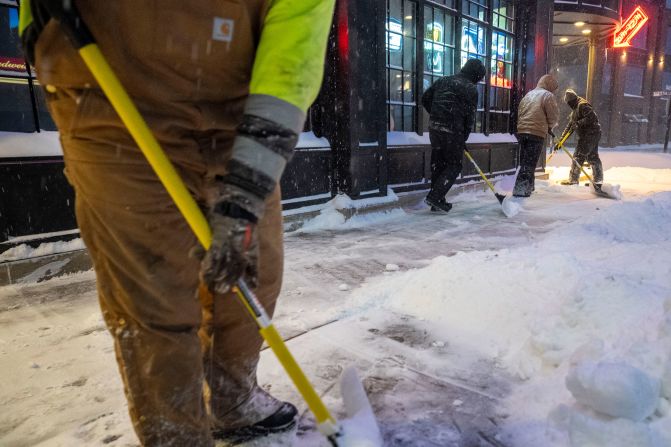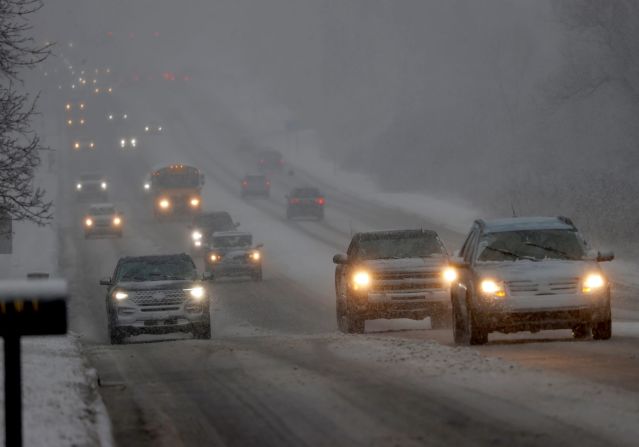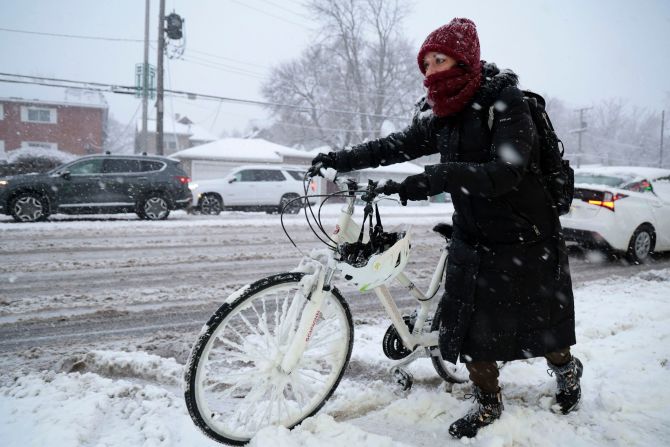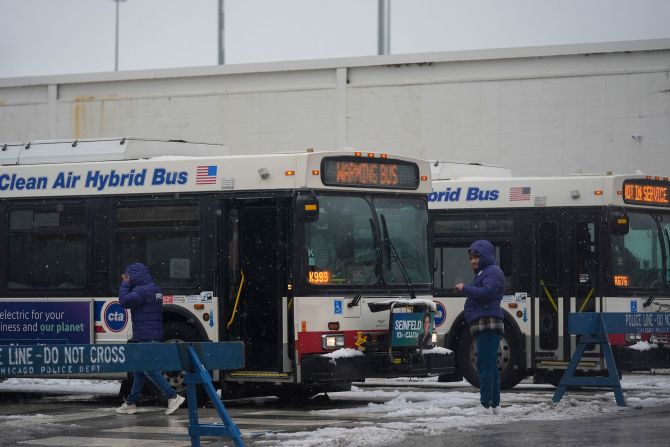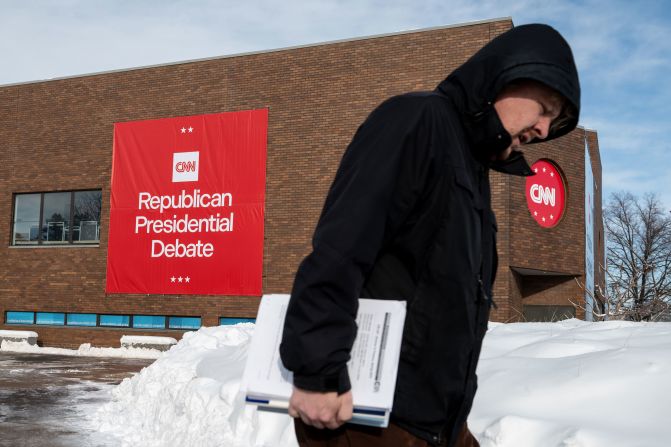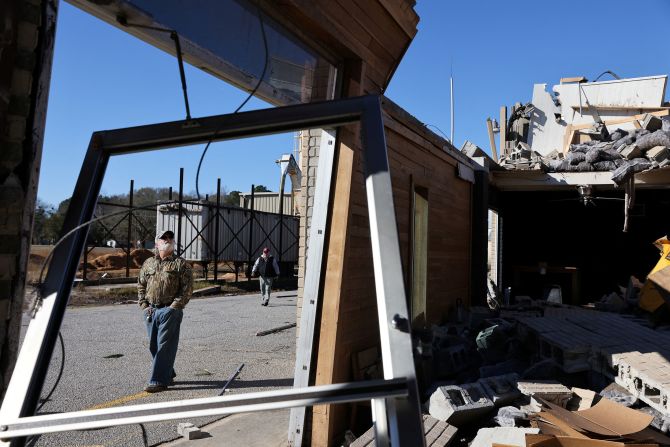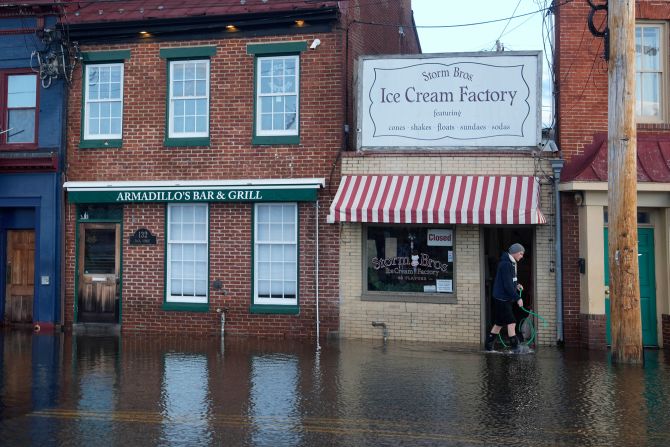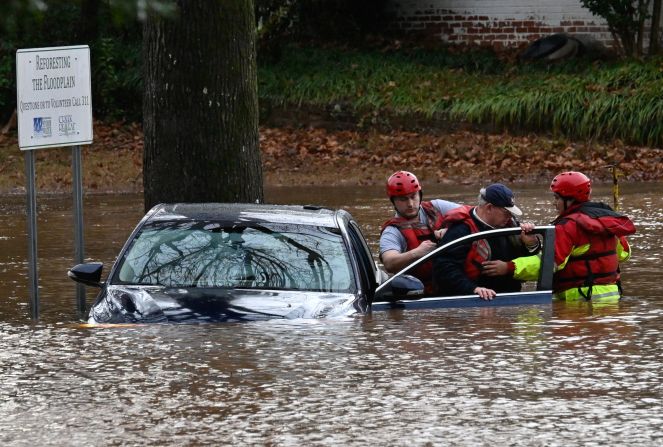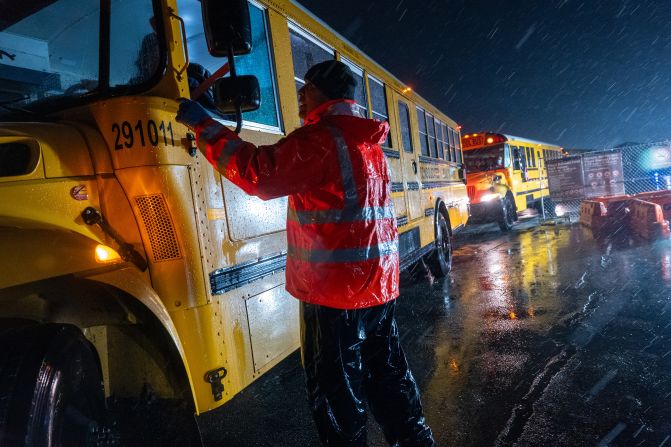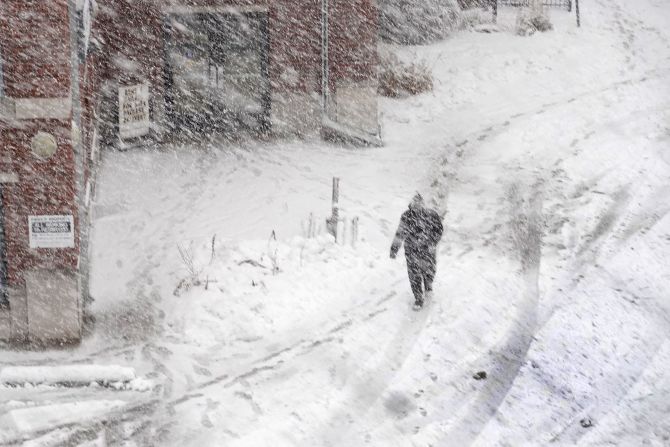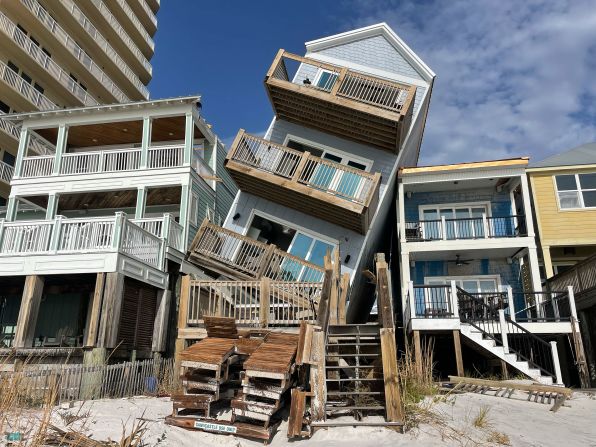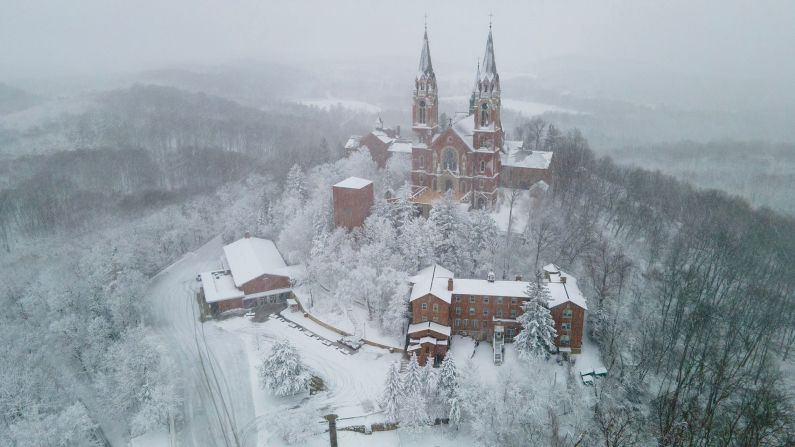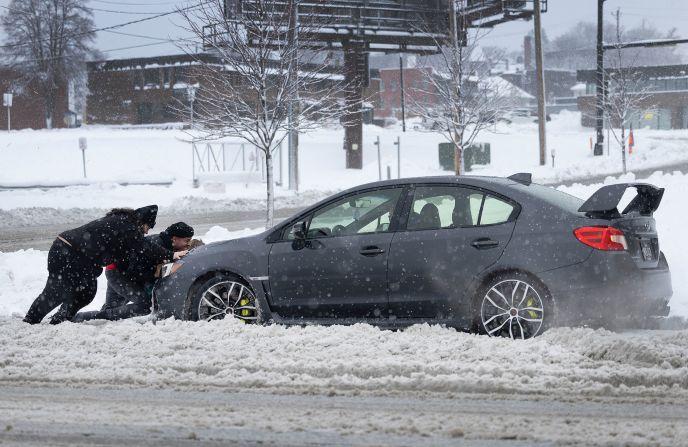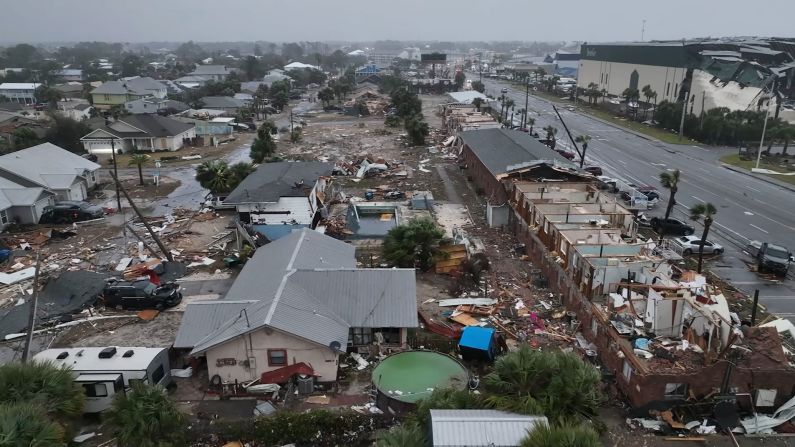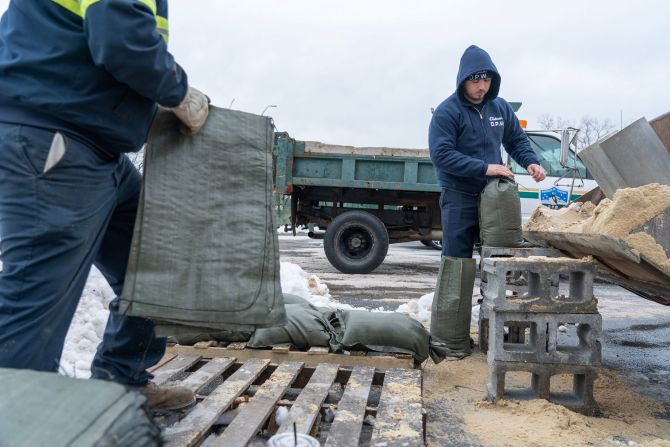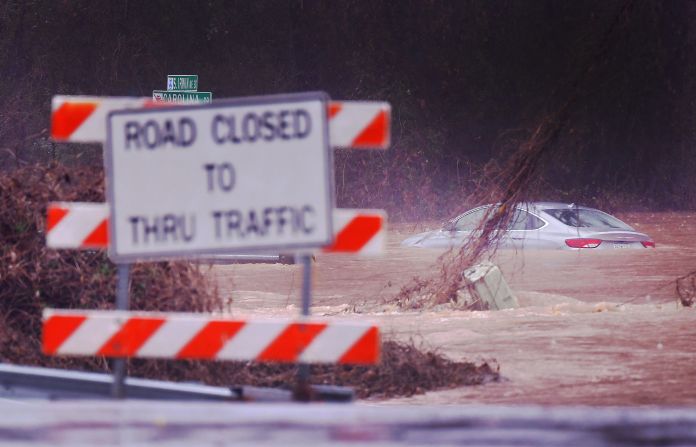An unrelenting series of winter storms and an outbreak of cold air have killed multiple people across several states since Friday. Now, another round of extreme cold and snow will march across the central and eastern US, setting up more hazardous travel and a brutally cold weekend. Here’s the latest:
• More than three dozen storm-related deaths: At least 40 people have died across nine states since January 12. Fatalities have been reported in Arkansas, Illinois, Kansas, Mississippi, New York, Oregon, Pennsylvania, Tennessee and Wisconsin. In Tennessee, where the highest number of weather-related deaths was reported so far, a box truck driver was killed Monday evening when he lost control of the vehicle on a snowy Knoxville highway and careened into a tractor-trailer, police said. Fourteen people were killed across Tenessee due to the severe weather, the state’s emergency management agency said Wednesday, citing the state department of health. Five people died in Pennsylvania when their minivan lost control on a snow-covered I-81, the coroner’s office in Lackawanna County said.
• Another round of snow and cold coming: More accumulating snow is likely from the Midwest to the East on Friday. Light totals could once again blanket Washington, DC, and New York City soon after their nearly two-year wait for an inch of snow ended early this week. In the South, winter weather alerts are also in effect across Nashville, Lexington and Charleston, West Virginia, on Thursday. Read on for a more detailed forecast.
• Ice knocks out power, creates treacherous travel in Northwest: Freezing rain and wind pelting the Pacific Northwest knocked out power to more than 85,000 homes and businesses in Oregon Wednesday morning amid frigid temperatures. By Wednesday evening, power outages in Oregon had dropped below 50,000. Icy roadways and downed trees and power lines created dangerous travel conditions that triggered road closures Tuesday night and Wednesday. A nearly 50 mile-stretch of I-84 from west of Portland to the eastern side of the Oregon Cascades was shut down Tuesday night due to the ice threat, according to the state’s department of transportation. That portion remained closed Wednesday evening due to unsafe conditions, and it’s unclear when it will reopen, the Multnomah County Sheriff’s Office said.
• Buffalo, New York, drivers face snowy conditions: Lake-effect snow warnings are in effect until Thursday night in Buffalo, where additional snow accumulations of 9 to 18 inches are possible in some areas. The surrounding area could see 1 to 3 feet of localized snowfall and wind gusts up to 40 mph. More than 30 inches of snow had fallen south of Buffalo in Lackawanna, New York, as of Wednesday morning. “Travel could be very difficult to impossible. Areas of blowing snow will significantly reduce visibility. The hazardous conditions will impact the morning commute,” the weather service warned. “Bitter wind chills as low as 10 below zero could result in hypothermia if precautions are not taken.”
Harsh cold and snow to return
Relief from the cold will be short-lived with another push of bone-chilling air set to arrive across the north-central US late Thursday. The abnormal cold will rush across much of the central and eastern US by Friday afternoon and remain in place for most of the weekend.
High temperatures will struggle to reach the freezing mark in Oklahoma City, Nashville, Philadelphia and New York City on Friday. Chicago won’t be able to break out of the teens and Minneapolis will be stuck in the single digits Friday as the harsh cold settles into place.
Wind chills across the central US will plunge back to dangerous levels by Friday, increasing the risk for frostbite and hypothermia.
Another round of snow will overspread portions of the Midwest and East on Friday as two pieces of atmospheric energy – one of which can be traced back to the Northwest storm – collide. Snow will begin as early as Thursday night in Chicago, and by Friday morning, accumulating snow will stretch into the interior Northeast and central Appalachians.
Cities in the mid-Atlantic and Northeast that just ended record-long snow droughts from an early week storm, including Washington, DC, New York and Philadelphia, will once again have the chance for a light-to-moderate snow.
Around 1 to 3 inches of snow are likely from the Midwest to the East, but some parts of the Appalachians may see totals closer to half a foot by the time snow ends Friday night.
Despite low snowfall amounts, the combination of snow and breezy winds could lead to tricky travel. Additional cancellations and delays are also possible, especially after schools and government offices were shuttered by the similarly impactful early-week storm.
In pictures: Arctic blast sweeps across most of the US
Double whammy of ice and snow in Northwest
Back-to-back storms are delivering a deadly “1-2 punch” to the Northwest with freezing rain and ice in Oregon and Washington and heavy snow through the region’s interior through the end of the week, the weather service said.
At least seven people died in the Portland, Oregon, area since Friday from severe winter weather. Four hypothermia deaths are being investigated in Multnomah County, which includes the city of Portland, county officials told CNN.
Millions in the region were under ice storm warnings early Wednesday, including hard-hit Portland, after a new storm moved onshore Tuesday night. As the severe weather threat persists, Portland Public Schools plan to close Thursday for the third day, the district announced.
Ice and wind combined to bring down trees across the Portland area with deadly effect. A tree came crashing down on an elderly man who was asleep on the second floor of his home, killing him, in Lake Oswego, Oregon, fire marshal Gert Zoutendijk told CNN.
“I don’t have enough words to describe what that looked like,” Lake Oswego Police Chief George Burke said during an emergency city council meeting Tuesday.
Winter storm warnings also extend over the Cascades and northern Rockies. Up to 3 feet of snow could fall over the Cascades through Thursday afternoon and up to 2 feet is possible in higher elevation areas in the northern parts of Washington, Idaho and Montana by late Thursday morning.
CNN’s Nouran Salahieh, Joe Sutton, Aya Elamroussi, Andy Rose, Sarah Dewberry, Raja Razek and Jennifer Henderson contributed to this report.
